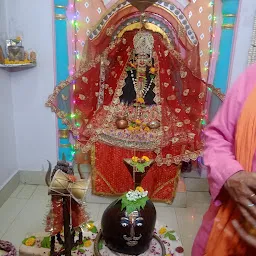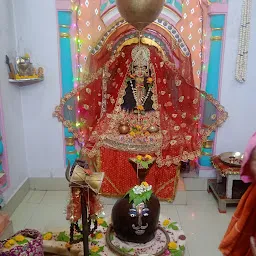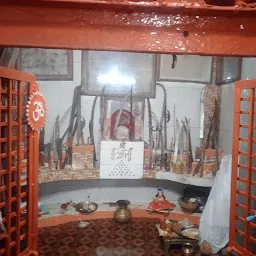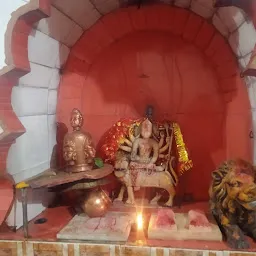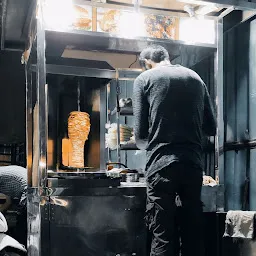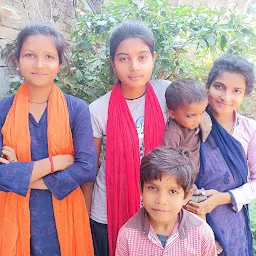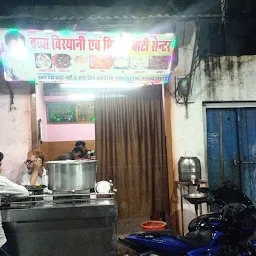Boodhi Khermai Mandir
5WQQ+2H3, Gohalpur, Jabalpur, Madhya Pradesh 482002, IndiaBoodhi Khermai Mandir is a hindu temple located in Jabalpur, Madhya Pradesh. The average rating of this place is 4.60 out of 5 stars based on 91 reviews. The street address of this place is 5WQQ+2H3, Gohalpur, Jabalpur, Madhya Pradesh 482002, India. It is about 0.89 kilometers away from the Adhartal railway station.
- Where is Boodhi Khermai Mandir located?
- Boodhi Khermai Mandir is located at 5WQQ+2H3, Gohalpur, Jabalpur, Madhya Pradesh 482002, India.
- What is the nearest railway station from Boodhi Khermai Mandir?
- Adhartal railway station is the nearest railway station to Boodhi Khermai Mandir. It is nearly 0.89 kilometers away from it.
pankaj gupta 10 months ago
Very old Hindu Temple
Satyam Patel 44 months ago
It is very well known famous hindu holy temple . Atmosphere is very good. Most Devotee comes during navratri to get blessings from maa????.Coming into Navratri has a great happiness????
Anurag Mishra 56 months ago
A Hindu temple is a symbolic house, seat and body of god. It is a structure designed to bring human beings and gods together, using symbolism to express the ideas and beliefs of Hinduism.[1][2]The symbolism and structure of a Hindu temple are rooted in Vedic traditions, deploying circles and squares.[3] A temple incorporates all elements of Hindu cosmos—presenting the good, the evil and the human, as well as the elements of Hindu sense of cyclic time and the essence of life—symbolically presenting dharma, kama, artha, moksa, and karma.[4][5][6]
The spiritual principles symbolically represented in Hindu temples are given in the ancient Sanskrit texts of India (for example, Vedas and Upanishads), while their structural rules are described in various ancient Sanskrit treatises on architecture (Brhat Samhita, Vastu Sastras).[7][8]The layout, the motifs, the plan and the building process recite ancient rituals, geometric symbolisms, and reflect beliefs and values innate within various schools of Hinduism.[3] A Hindu temple is a spiritual destination for many Hindus, as well as landmarks around which ancient arts, community celebrations and economy have flourished.[9][10]
Hindu temples come in many styles, are situated in diverse locations, deploy different construction methods and are adapted to different deities and regional beliefs,[11] yet almost all of them share certain core ideas, symbolism and themes. They are found in South Asia particularly India and Nepal, in southeast Asian countries such as Sri Lanka, Cambodia, Vietnam, and islands of Indonesia and Malaysia,[12][13] and countries such as Canada, the Caribbean, Fiji, France, Guyana, Kenya, Mauritius, the Netherlands, South Africa, Suriname, Tanzania, Trinidad and Tobago, Uganda, the United Kingdom, the United States, and countries with a significant Hindu community.[14]The current state and outer appearance of Hindu temples reflect arts, materials and designs as they evolved over two millennia; they also reflect the effect of conflicts between Hinduism and Islamsince the 12th century.[15] Mandir one of the components of the Swaminarayanan Akshardhamin Robbinsville, New Jersey, United States, between the New York and Philadelphiametropolitan areas was inaugurated and opened to the public on 10 August 2014.[16]
- Address
- 5WQQ+2H3, Gohalpur, Jabalpur, Madhya Pradesh 482002, India
